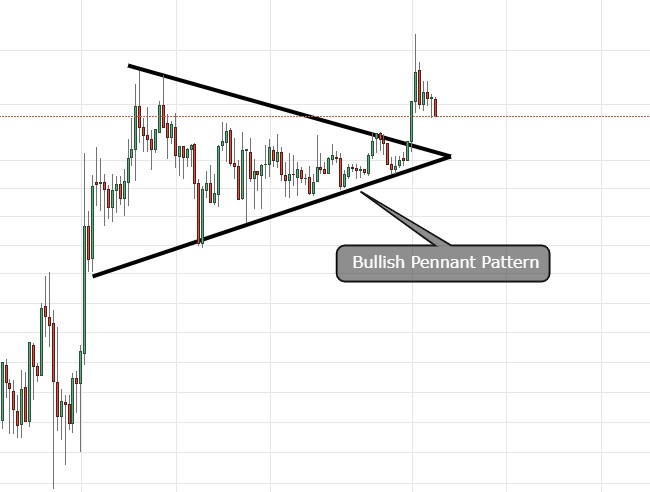Risk & Reward

Did you know that the majority of traders win more than 50% of their trades, some even more than 70%? Nevertheless most traders aren't profitable at all. At the same time casinos manage to build a profitable business in a 50/50 chance game. How is it possible?
Trading Basics: Understanding Longs, Shorts, and Leverage

Going Long - When you buy an asset expecting its price to rise, you're going long. The goal is to sell at a higher price later. But beware, if the price drops, you're in for a loss.
What is a Conditional Order?

A conditional order is a specialized instruction given by a trader to execute a trade only if specific pre-defined conditions are met. This allows traders to automate their strategies, ensuring that transactions are made at optimal times without constant manual supervision. Conditional orders are particularly useful for managing risk and capitalizing on market opportunities.
Technical Analysis Chart Patterns

Technical Analysis Price Patterns make strange shapes and outlines in all markets. It may seem weird to the uninitiated that such shapes could have any value, but the fact is that these patterns created by price action on market charts repeat themselves over and over again when certain interactions occur between market forces.
The Art of Consistency: Mastering Sustainable Trading

News about trading, headlines, often glorify the dramatic one-time gains of lucky individuals. However, the reality is that such events are the exception, not the rule. True trading mastery is not about hitting the jackpot with high-risk leverage; it's about the steady, disciplined pursuit of consistent gains. Let’s debunk the myth of overnight success and highlight the power of compounding steady returns.
Risk Management

The risk in a trade is governed by three things: the stop price, the size of the leverage, and the amount of funds in the open position.
What "R" Stands for?

“R” is a standardized unit for assessing the reward and risk of trading strategies and trades. It allows for strategy and trade comparison regardless of risk tolerance, account size, or time frame.
About Us

So, you are here and probably want to know what this project is and who is behind it. I'll begin by telling you my story first.


